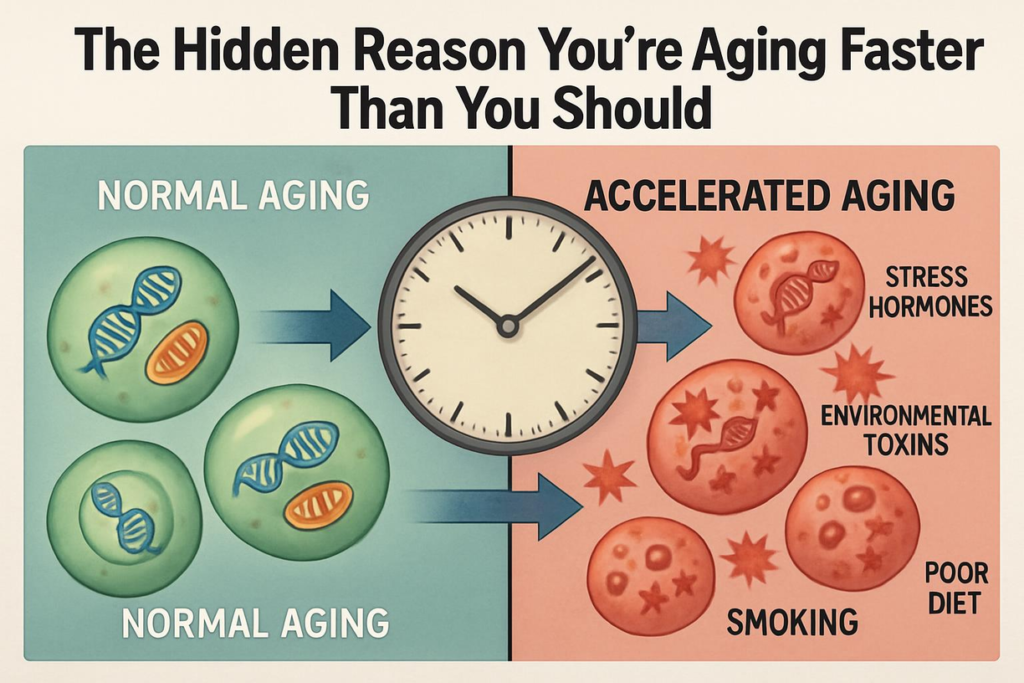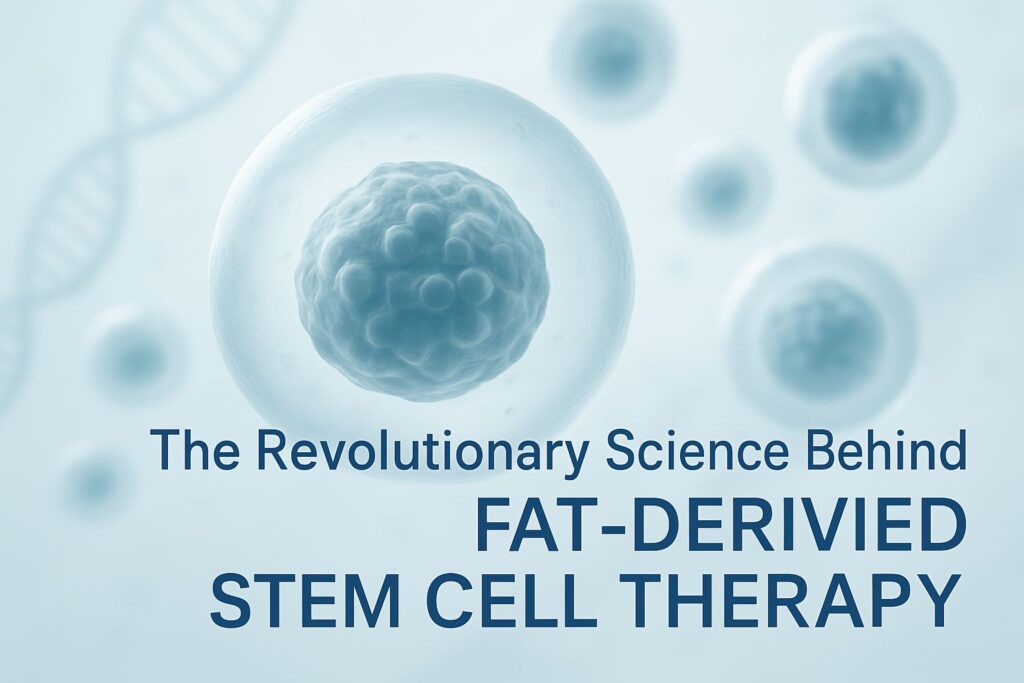Gene therapy has been studied for more than 40 years and can help stop or slow the effects of disease on the most basic level of the human body—our genes. And to understand how it works, we’ll start at the basics. Here’s a great video from the American Society for Gene & Cell Therapy to help explain it.
Video Transcript:
So what exactly is gene therapy? First, let’s start with the basics. This is the gene. Genes are made of DNA, the blueprints for building the enzymes or proteins that do the work of your body. As far as we know, humans have between 20,000 and 25,000 genes, and most people have two copies of each gene inherited from each of our parents.
They’re the building blocks of our physique, from our hair color, to our athletic abilities, to our immune system. But sometimes genes aren’t built properly, and a simple modification of the DNA inside our genes can change the way our proteins work, which can affect how we breathe, walk or digest food properly.
To better understand how genes change, Dr. Michelle Callos tells you. So our genes are mutating all the time as a result of chemical processes in the cell, as well as as a result of external influences such as ultraviolet radiation.
We can also inherit mutations from our parents. Now, these mutations can sometimes cause disease, and that’s where gene therapy comes in. If genes are like our body’s blueprint , gene therapy can fill in some of the missing sketches. Gene therapy is the introduction , removal, or alteration of genetic material, specifically DNA, or its cousin molecule, RNA into a patient’s cells to repair or alter a gene to treat a specific disease.
The transferred genetic material then changes how the cell produces a protein or group of proteins.
It can reduce levels of certain disease-causing proteins, increase production of disease-fighting proteins, or even produce new or modified proteins within the cell. You may be curious about how the gene and the genetic material it contains are transferred into the cell during gene therapy. Well, the gene cannot be inserted directly into the cell. Instead, the carrier helps deliver the gene. Viruses are usually used as vectors because they have evolved to be very good at infiltrating and infecting cells.
But in this case, their motivation is to introduce the gene or genes into the cell. The infectious part of the virus is removed, allowing it to enter the cell nucleus without making the patient ill. It should be noted that there are two types of gene therapy, in vivo and ex vivo. In in vivo gene therapy, genes are inserted directly into the patient’s cells while the cells are still in the patient’s body. In ex vivo gene therapy , cells are removed from the patient’s body, the genes are then added to those cells in the laboratory and the cells are then returned to the patient.
The right approach depends on the disease the patient has and which tissues are affected, and this should tell us what is the best way to deal with this.
Advances in gene therapy research allow us to treat and hopefully one day prevent rare and debilitating diseases. For more information and resources about gene therapy and how it works, visit ASGCT.org. American Society for Genetic and Cell Therapy This video is supported by: American Society for Genetic and Cell Therapy is solely responsible for the content.
*** All content on NationalStemCellTherapy.com is for informational purposes only. All medical questions and concerns should always be consulted with your licensed healthcare provider.



